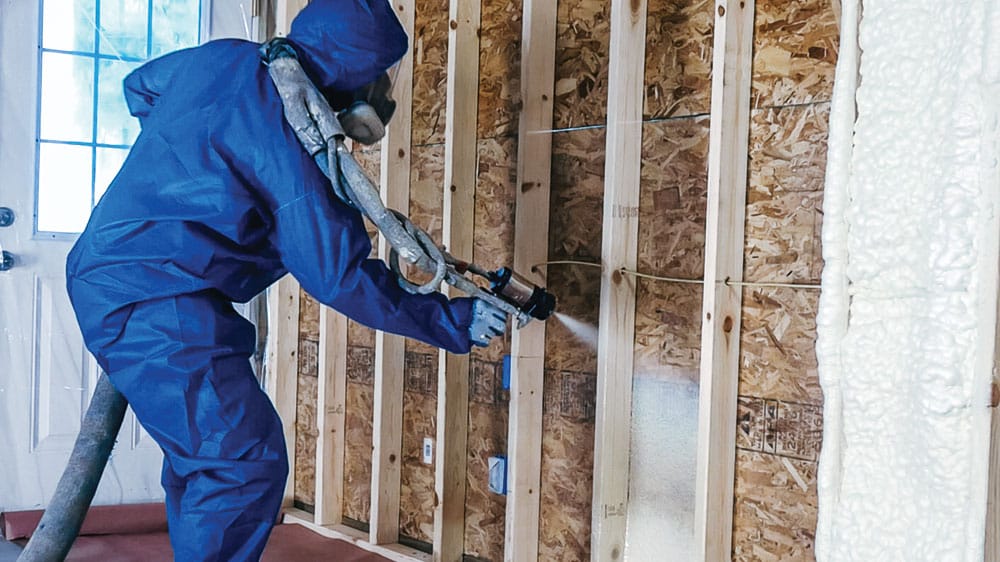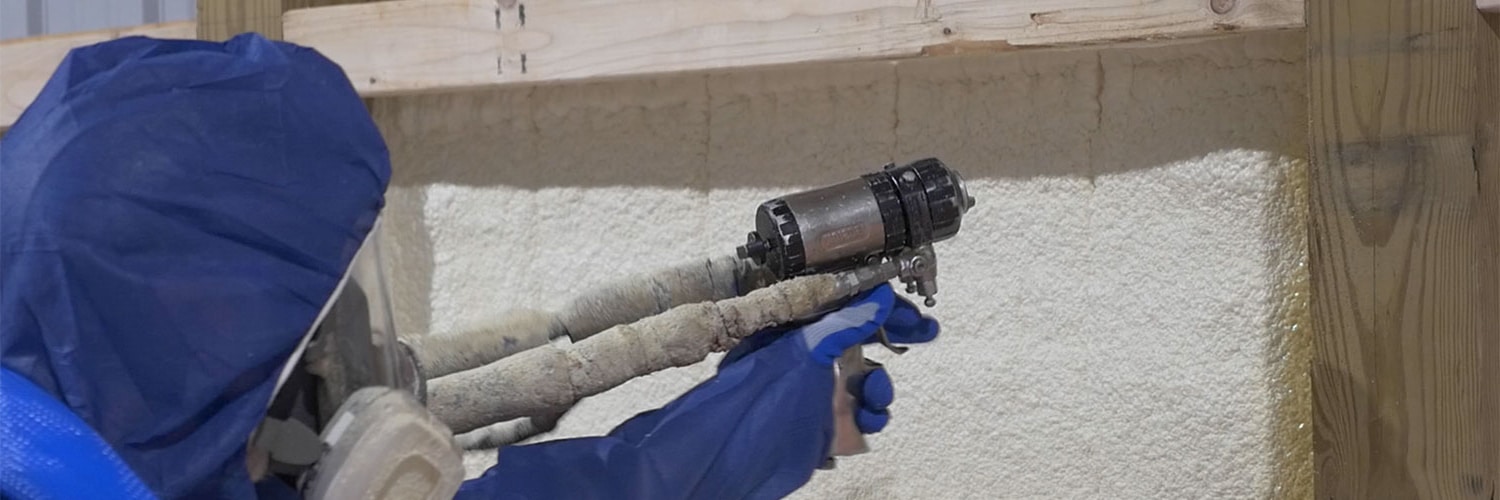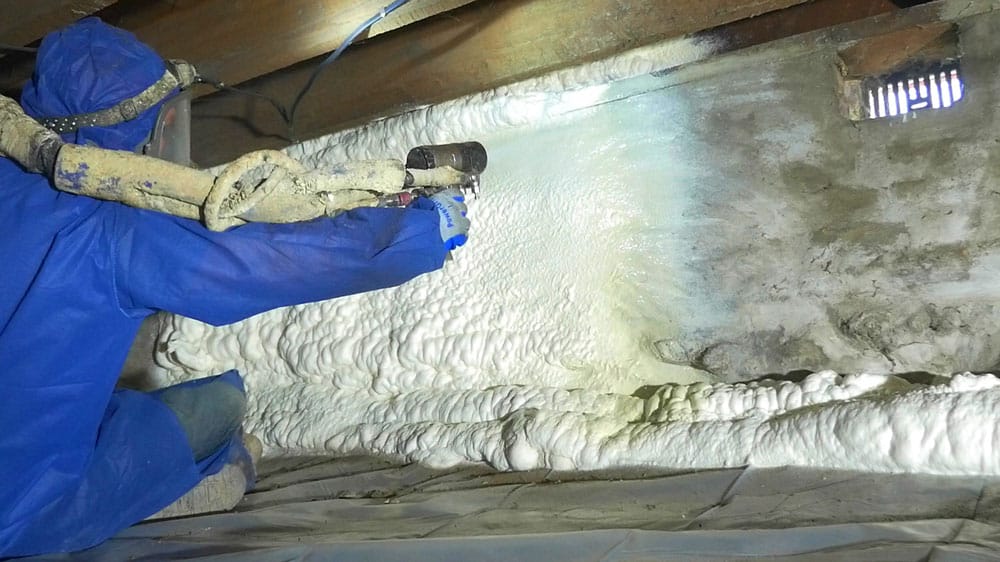If you’re a homeowner in Pittsburgh looking to upgrade your home’s energy efficiency, insulation is one of the best places to start.
While several types of insulation are available, one of the most common and cost-effective options is cellulose insulation.
However, before deciding on this material, it’s crucial to understand the cost of cellulose insulation and whether it fits your needs. From material expenses to the cost of installation, let’s break down everything you need to know about the average cost of cellulose insulation and answer the burning question: how much does a bag of cellulose insulation cost?
How Much Does Cellulose Insulation Cost?
The average cost of cellulose insulation varies depending on multiple factors, such as the size of your home, labor costs, and the amount of material needed.
Typically, the cost is calculated by square footage with additional considerations for existing structures and the type of cellulose used.
For a typical 1,500-square-foot attic, the material cost for cellulose can range significantly.
Here’s a quick look at some rough estimates for cellulose insulation for the attic.
- Attic Floor (Loose-Fill Cellulose): If you’re looking at a 25-pound bag of Greenfiber cellulose blow-in insulation, it could cost around $303 for the materials alone. This purchase includes a free rental of the machine to blow the cellulose onto the attic floor from Home Depot.
- Cellulose Batts: If you prefer cellulose batts made from denim or similar materials, you’re looking at an estimated $733 for 12 bags of 15 inch x 93 inch batts, according to Home Depot.
These prices are based on the attic space of a 1,500-square-foot home and do not include additional supplies like safety gear, utility knives, and fasteners. The cost can fluctuate based on your specific project requirements.
Types of Cellulose Insulation
It’s important to know that there are several types of cellulose insulation, each with its own installation method and cost considerations.
Loose-Fill Cellulose
Loose-fill cellulose is typically blown into attic spaces and other horizontal areas.
It’s lightweight and provides good thermal insulation. Because it’s relatively simple to install, the cost is generally lower, making it an attractive option for DIYers.
Dense Pack Cellulose
Dense pack cellulose is often used in retrofit projects, where the insulation is packed tightly into wall cavities.
It has a higher density, which means it can provide better sound dampening and thermal performance. However, dense packing is more labor-intensive, which increases the overall cost.
Wet Spray Cellulose
Wet spray cellulose is primarily used in new construction.
It involves adding water to the cellulose during installation, which helps it stick to surfaces and form a dense, insulating layer. This method is ideal for new builds before the drywall is put up and requires professional installation.
DIY vs. Professional Installation
One of the biggest decisions homeowners face is whether to tackle the installation themselves or hire a professional.
Blown-in cellulose for an attic is a relatively easy DIY project if you have access to a blowing machine, which can often be rented for free from your local hardware store.
However, if you’re considering dense-pack cellulose for exterior walls or open cavities, that’s a job best left to the professionals.
Hiring a Professional
Hiring a professional insulation contractor can add to the overall cost of your project, but it also ensures the job is done correctly and safely.
A professional installation includes labor, cleanup, and ensuring the insulation is packed to the proper density for maximum efficiency.
Understanding R-Value and Why it Matters
When choosing insulation, you’ll often see a number called the R-Value, which measures the insulation’s ability to resist heat flow.
The higher the R-Value, the more effective the insulation is at retaining heat.
While R-Value is a helpful metric, it doesn’t tell the whole story. Heat can escape through conduction, convection, and radiation, so a well-insulated home needs more than just a high R-Value – it also needs proper air sealing.
That’s where materials like spray foam have an edge, as they create a complete air seal that helps prevent energy loss.
Comparing Cellulose Insulation to Foam Insulation
If you’re weighing your options between cellulose and foam insulation, it’s essential to consider the long-term benefits.
Like the spray and injection foam offered by RetroFoam of Pittsburgh, foam insulation creates an air seal that prevents energy loss and keeps your home comfortable year-round.
Cellulose, while more cost-effective upfront, tends to settle over time. This settling can reduce its effectiveness, leading to increased energy bills and reduced comfort levels. That’s why many homeowners eventually choose foam insulation for its durability, efficiency, and superior performance.
Is Cellulose Insulation Right for You?
Deciding on the right insulation for your home comes down to your budget, your project goals, and your comfort with the installation process.
While cellulose is an affordable and effective option, it may not offer the long-term benefits that foam insulation provides.
If you’re in the Pittsburgh area and want to learn more about your insulation options, we’re here to help. Check out our Learning Center for helpful tips and articles to answer all of your questions about home insulation.
Ready to Upgrade Your Insulation?
If you’d like to discuss the benefits of foam insulation over cellulose or want to schedule a free estimate, just fill out the form on our website. We’re committed to helping you make the best choice for your home’s comfort and energy efficiency.







